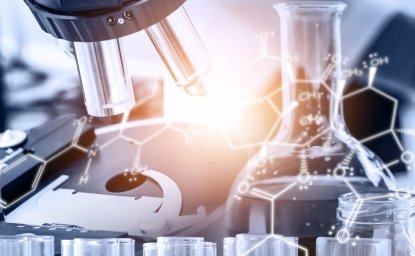The Latest
By: Eleonore Pauwels and Kunj Bhatt
What happens when we self-create the “largest mass poisoning” ever recorded in world history? This was the case, when UNICEF and the Bangladeshi government drilled wells in order to allow people in South Asia to access the untapped, clean sources of water flowing from the Himalaya Mountains. What they didn’t realize was that the wells passed through many layers of rocks that contained inorganic Arsenic which ultimately leeched in the clean underground water. According to the WHO, Arsenic can have major short and long term health impacts which range from vomiting and diarrhea to the development of cancer. Furthermore, arsenic poisoning can have a major sociocultural impact especially in a country like Bangladesh. In a country with an apparent gender divide, women who become affected by arsenic poisoning may be refused care, divorced, and forced into poverty.
A solution requires an understanding and familiarity of the social, economic, and health perspectives of the problem. Lalitha Sundaram recognized the complexity of this issue and worked with the University of Cambridge’s Arsenic Biosensor Collaboration to design a biosensor that would effectively and efficiently test for arsenic poisoning in the wells. The main goal was to create a technology that could reveal accurate readings of arsenic levels in the water and be affordable for individuals living in rural areas. This type of technology has the potential to save many lives in South Asia as well in other regions across the world. The research team fused a bacterium that detects arsenic with a fluorescent bacterium that produces a green pigment when the arsenic readings are safe and a purple pigment when arsenic readings are hazardous. The bacterium used, Bascillus subtillis, was scientifically proven to pose no threat for human use.
This type of product exemplifies the convergence of creativity and applicability in the real world. We live in a global society; a society in which ideas and resources are shared with individuals who live continents apart from each other. The world is constantly evolving and so is the meaning of innovation. For a product to be innovative, it needs to be disruptive in nature and able to make a long-term impact in the world. These disruptive technologies need to challenge our traditional notions of how we interact with products. They need to be able to have the potential to work both in developed and developing communities around the world. The arsenic biosensor is the perfect reflection of the intersection of these perspectives.

Science and Technology Innovation Program
The Science and Technology Innovation Program (STIP) serves as the bridge between technologists, policymakers, industry, and global stakeholders. Read more

Explore More
Browse Insights & Analysis
360° View of How Southeast Asia Can Attract More FDI in Chips and AI






